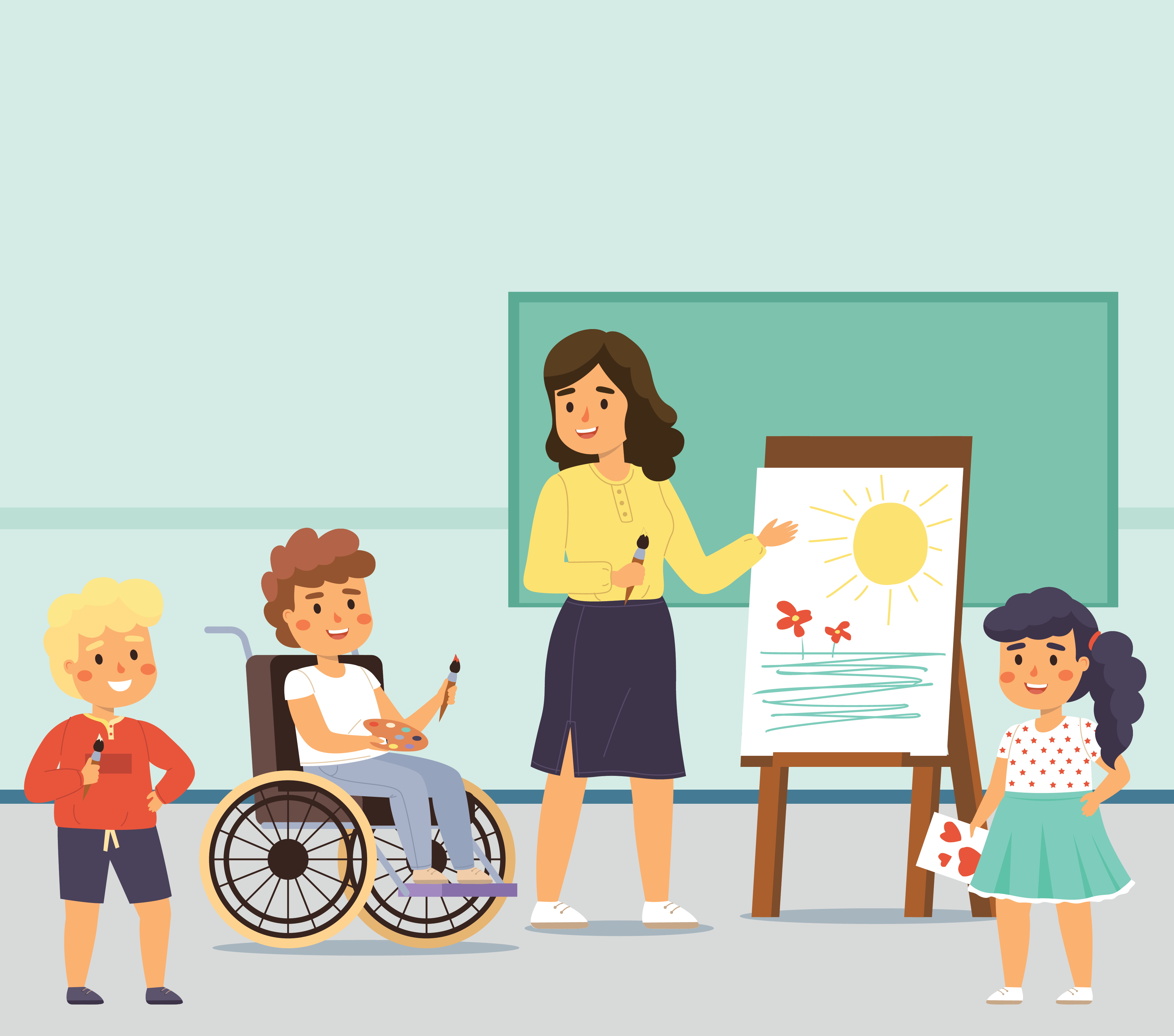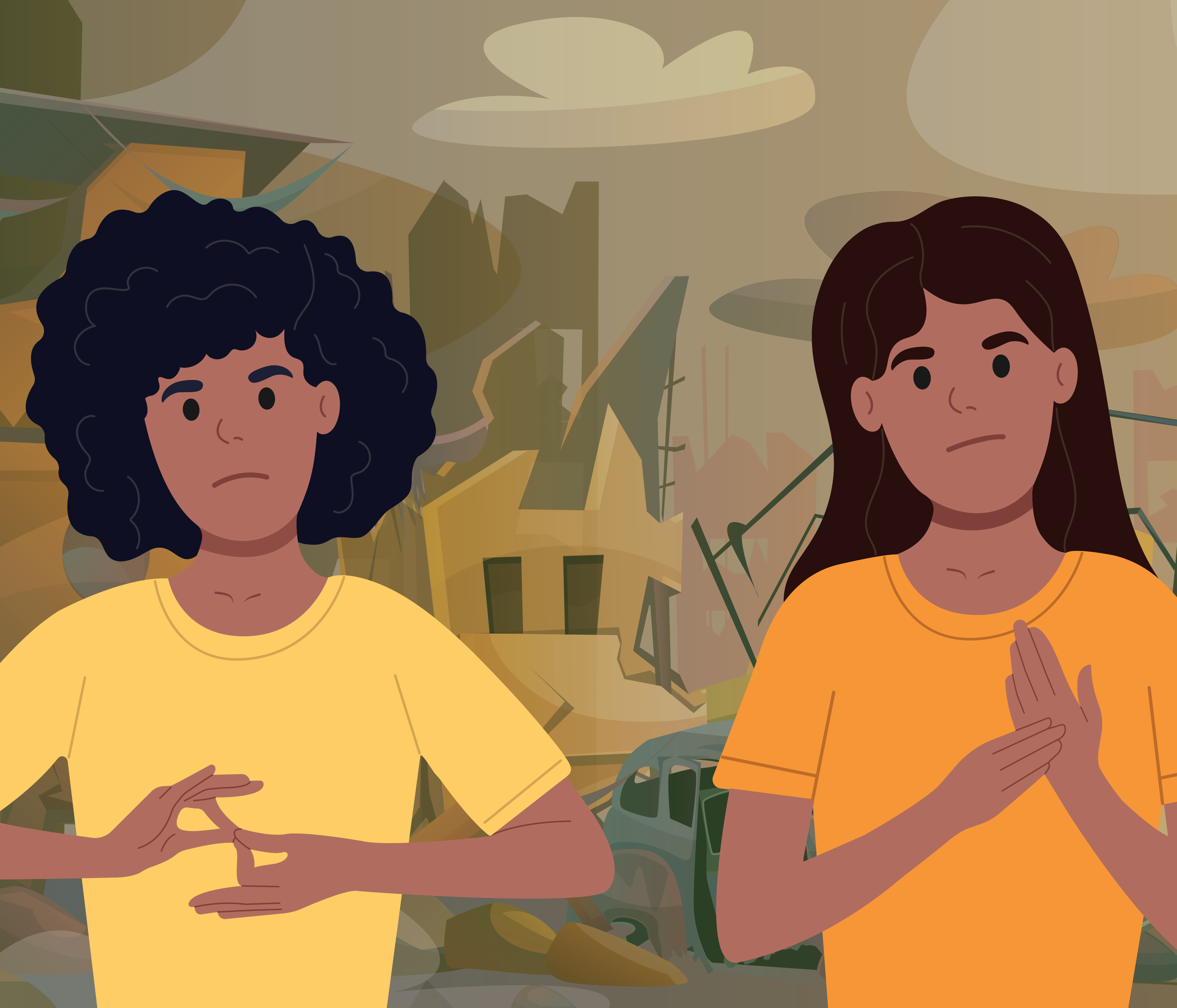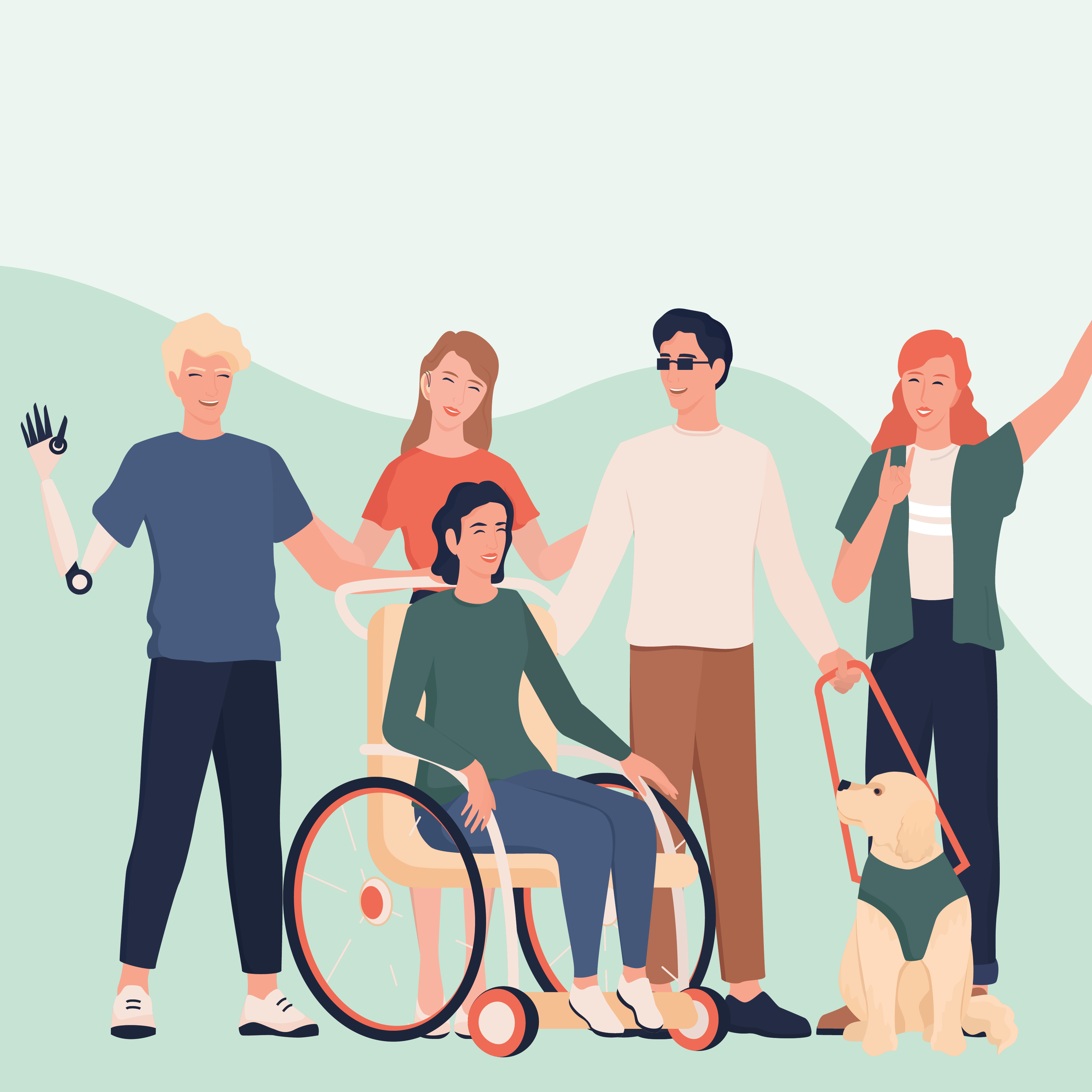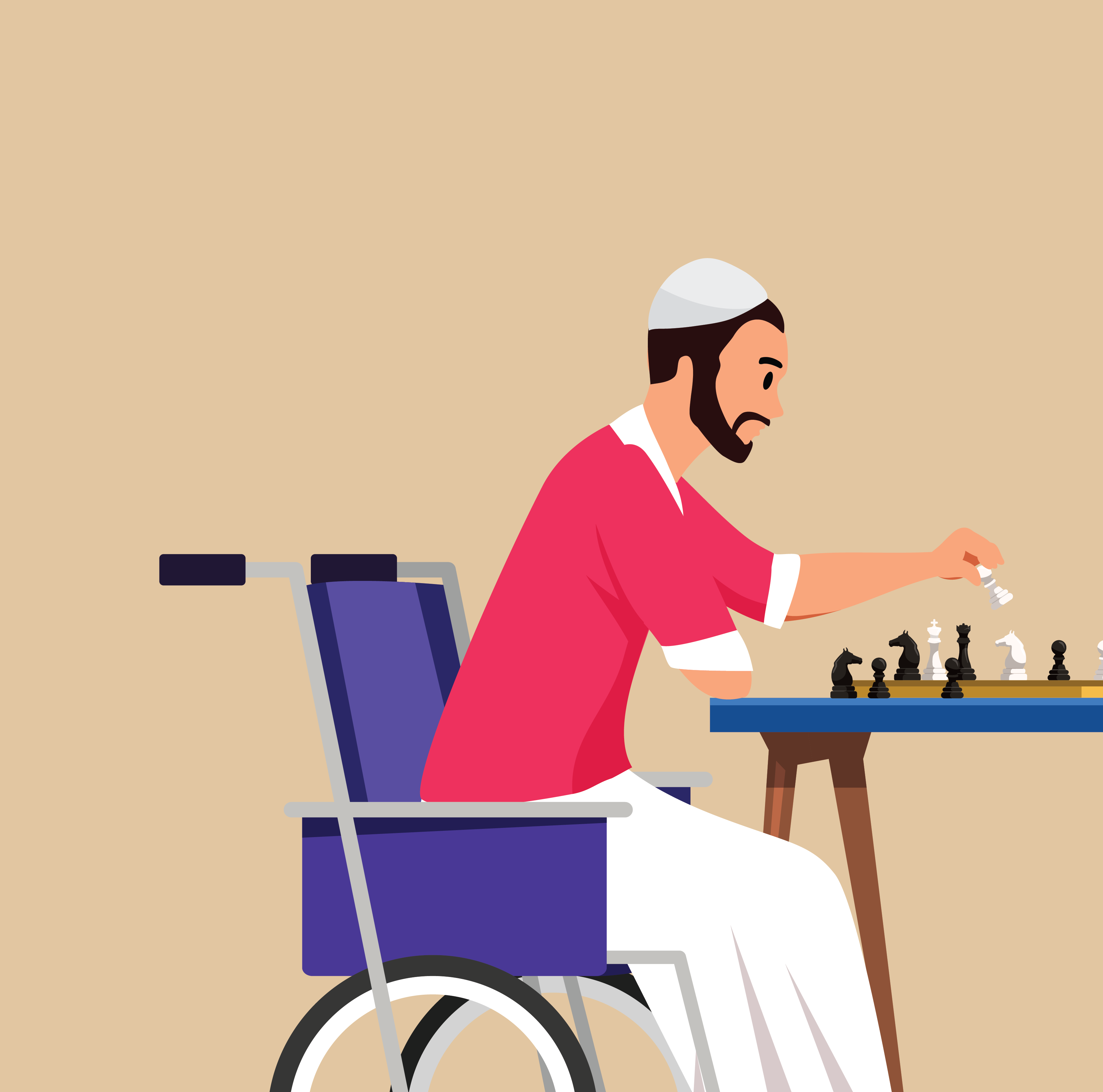
SBC Disability Toolkit - Module 4: Disability-inclusive services
Addressing stigma and discrimination toward children and youth with disabilities through SBC
Introduction
Sarah's story Part 4:
And then, there were teachers, social workers and doctors. Many chose not to speak to me, and only talked to my mom. I went to doctor who looked at me strangely and talked to me as if I were a little kid, just because I did not speak the same way as other adolescents. We met school principals who said they did not have space for ‘children like me’, without understanding who I am or what I can do, but only focusing on what I cannot do.
But there were many others who wanted to break down the barriers: the school director who helped me get a bus, the teacher who, every day, gave me extra time to express myself, and the school janitor who fought for an elevator to be installed. After moving to a bigger city, I started physical and speech therapy, and I felt an improvement in the way I feel, walk and talk. I was less tired, and was determined to catch up on my lessons.
Overview of Module 4:
Creating and strengthening inclusive services is an important part of what SBC can do to address stigma and discrimination and improve environments for children with disabilities. This module presents approaches and activities to build disability-inclusive services, including by addressing service providers’ biases and supporting the inclusion of children and youth with disabilities.
It’s important to stress that SBC interventions complement efforts by partners and stakeholders to provide quality, inclusive services and to adopt and implement nondiscriminatory policies.
After completing this module, you should be able to:
- Explain how attitudinal barriers can prevent service providers from including children with disabilities in their programming.
- Describe the root causes of service providers’ attitudinal barriers
- Use appropriate methods to identify unconscious bias on the part of service providers
- Use appropriate tools to help service providers address their biases and change their behaviours to provide inclusive service delivery in programme areas, e.g. education, child protection, health.





